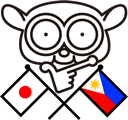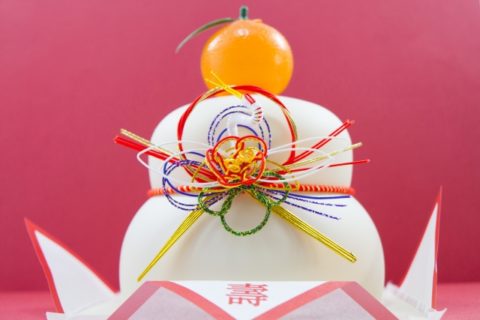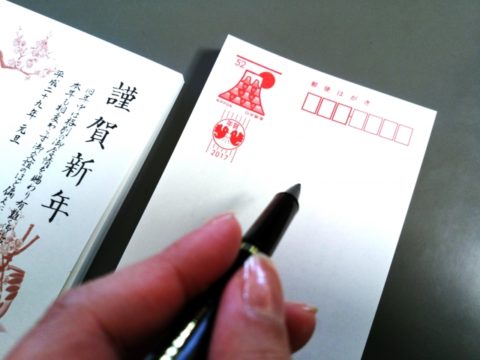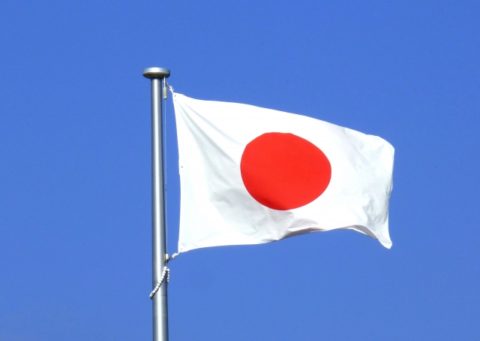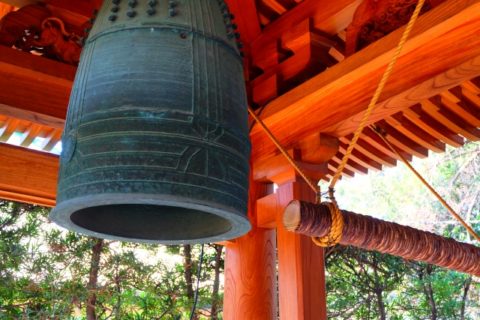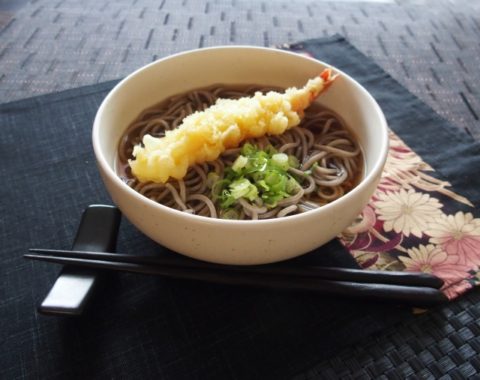Osechi-ryouri is a traditional food to eat in the New Year.
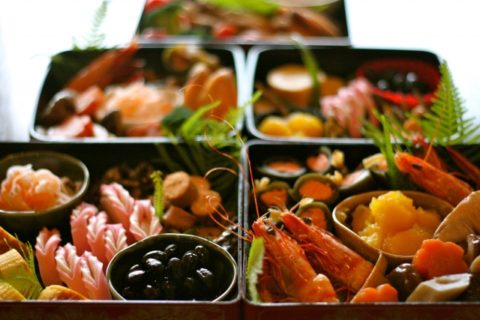
In past Japan, there was a tradition that three days of New Year did not cook. For that reason, Japanese prepare side dish to be kept at the end of the previous year and packed it in a stackable box called “Jubako(重箱)”. In the New Year, we ate it with the whole family. Incidentally, rice is not packed in the box. We will prepare rice separately.
However, that custom is getting ruined. In the past, every shops were closed on New Year’s days, but now the New Year’s business has become commonplace and it is no longer necessary to prepare food.
Also, it takes time and effort to make traditional Osechi-ryouri. It was possible when many women were full-time housewives, but now it got harder.
However, we can buy Osechi-ryouri on the market.
